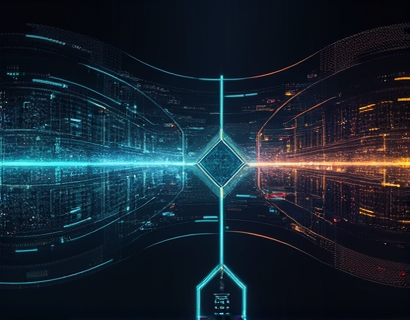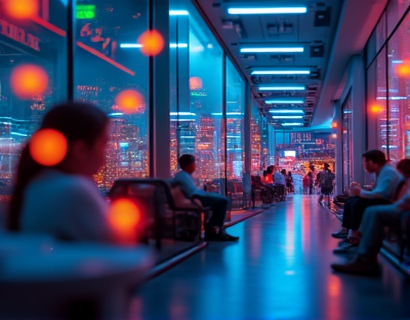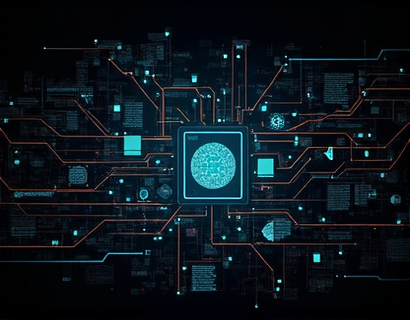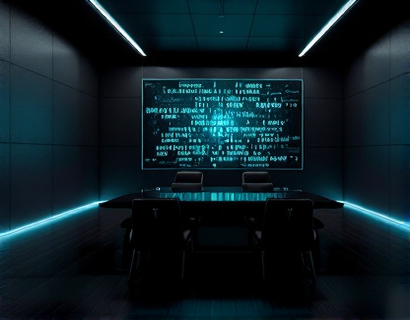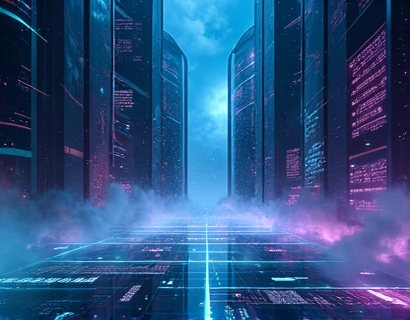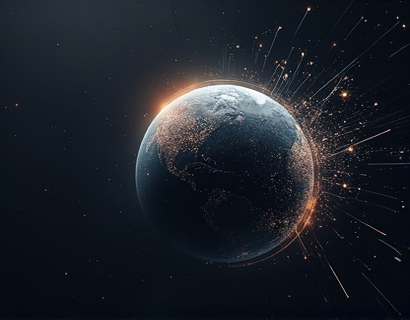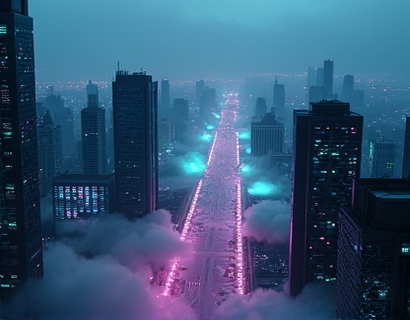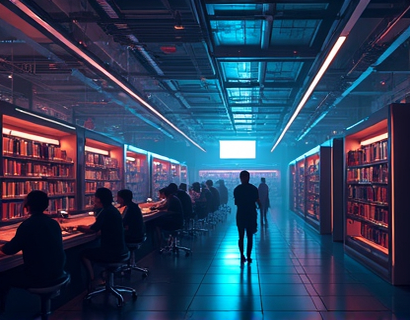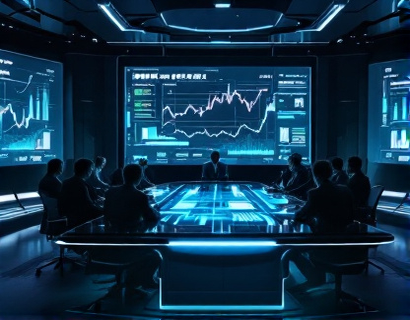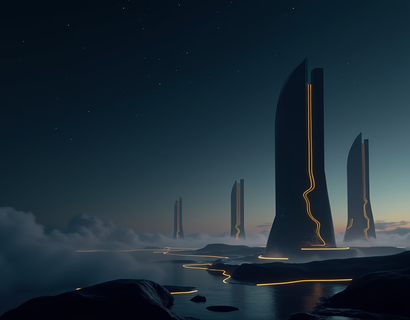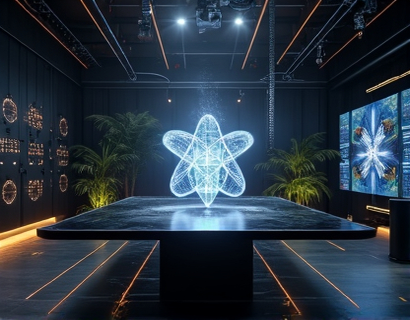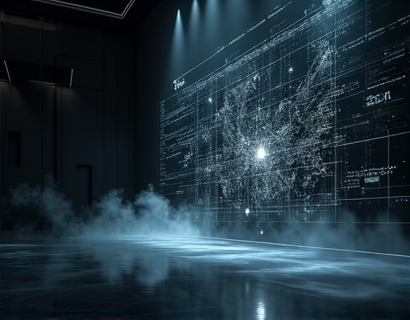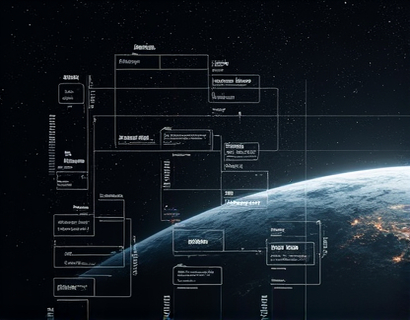Unlocking Digital Creativity: A Comprehensive Guide to Innovative Collaborations in the Digital Realm
The digital age has ushered in a new era of creativity, where technology and imagination converge to create unprecedented forms of storytelling and collaboration. This comprehensive guide delves into the intersection of creativity and technology, exploring how innovative collaborations are redefining the landscape of digital content creation. From the earliest days of the internet to the current era of immersive experiences, the potential for shared creation has expanded exponentially, offering endless possibilities for digital content enthusiasts and trendsetters.
The concept of collaborative digital storytelling is not new, but the tools and platforms available today have transformed the way creators work together. Gone are the days of isolated artists working in silos; now, a global community of creators can come together, share ideas, and build upon each other's work in real-time. This article will guide you through the key elements of successful digital collaborations, highlighting inspiring examples and offering insights into the future of shared creation.
Understanding the Elements of Digital Collaboration
To unlock digital creativity, it's essential to understand the core elements that make collaborative projects successful. These elements include clear communication, mutual respect, flexibility, and a shared vision. Effective communication is the foundation of any successful collaboration, whether it's through video calls, messaging apps, or project management tools. Each team member must feel heard and valued, ensuring that diverse perspectives are integrated into the creative process.
Mutual respect is equally crucial, as it fosters an environment where ideas can flow freely without fear of judgment. Flexibility allows collaborators to adapt to changing circumstances and embrace new opportunities as they arise. A shared vision provides direction and motivation, ensuring that all participants are aligned and working towards a common goal. When these elements are in place, the potential for innovative collaboration is limitless.
Case Study: The Power of Diverse Collaborations
One compelling example of successful digital collaboration is the creation of an interactive documentary series. This project brought together writers, directors, programmers, and designers from different parts of the world. Each team member contributed their unique skills and perspectives, resulting in a rich and immersive experience that transcended traditional storytelling methods.
The writers crafted a narrative that was both engaging and thought-provoking, while the directors brought a visual richness that captivated the audience. Programmers developed interactive elements that allowed viewers to influence the storyline, and designers created an intuitive user interface that enhanced the overall experience. The result was a groundbreaking series that not only told a compelling story but also pushed the boundaries of what is possible in digital storytelling.
Tools and Platforms for Collaborative Creativity
Numerous tools and platforms have emerged to facilitate collaborative digital creativity. These tools range from cloud-based project management software to real-time editing platforms and virtual reality environments. Each tool serves a specific purpose, helping teams to streamline their workflow and enhance their creative output.
Project management tools like Trello and Asana allow teams to organize tasks, set deadlines, and track progress in real-time. These platforms ensure that everyone is on the same page and that projects stay on track. For real-time collaboration on content creation, tools like Google Docs and Figma enable multiple users to work on the same document or design simultaneously, making it easier to integrate feedback and iterate on ideas.
Virtual reality (VR) and augmented reality (AR) platforms are also revolutionizing the way creators collaborate. These technologies provide immersive environments where team members can interact with digital assets in a more intuitive and engaging way. For instance, a VR environment can be used to visualize and manipulate 3D models, allowing designers and artists to work together in a shared virtual space.
Building a Community of Collaborative Creators
Creating a community of like-minded individuals is essential for fostering innovation and collaboration in the digital realm. Online platforms and social networks dedicated to creative professionals provide a space for sharing ideas, seeking feedback, and finding collaborators. These communities can be a valuable resource for emerging creators looking to learn from more experienced peers and for established artists seeking new challenges and opportunities.
Forums, Discord servers, and specialized social media groups are just a few examples of platforms where creators can connect and collaborate. By actively participating in these communities, individuals can stay informed about the latest trends, tools, and best practices in digital creativity. Moreover, building a network of collaborators can lead to unexpected and exciting projects that might not have been possible otherwise.
Challenges and Solutions in Digital Collaboration
While the benefits of digital collaboration are numerous, there are also challenges that creators must navigate. One common issue is time zone differences, which can make scheduling meetings and coordinating work sessions difficult. To overcome this, teams can use asynchronous communication tools and establish flexible working hours that accommodate all members.
Another challenge is ensuring that all team members have equal opportunities to contribute and that their voices are heard. This can be addressed by setting clear guidelines for communication and decision-making, as well as fostering a culture of inclusivity and respect. Regular check-ins and feedback sessions can help maintain a positive and productive team dynamic.
Technical issues can also arise, particularly when working with complex tools and platforms. To mitigate this, it's important to invest time in learning the necessary skills and providing training for team members. Having a dedicated technical support person or a resource library can also be beneficial in resolving issues quickly and efficiently.
The Future of Collaborative Digital Creativity
Looking ahead, the future of collaborative digital creativity is bright, with emerging technologies poised to further enhance the creative process. Artificial intelligence (AI) and machine learning are already making waves, offering new ways to generate ideas, automate tasks, and personalize content. For instance, AI-powered writing assistants can help writers overcome creative blocks and refine their prose, while machine learning algorithms can analyze audience preferences to tailor content for maximum engagement.
Virtual and augmented reality technologies are expected to become more accessible and sophisticated, opening up new frontiers for immersive storytelling. As these technologies evolve, we can anticipate more seamless and intuitive collaboration tools that blur the lines between physical and digital spaces. The potential for cross-disciplinary collaborations is also vast, with creators from fields such as music, fashion, and gaming coming together to produce innovative works that push the boundaries of traditional media.
Moreover, the rise of decentralized platforms and blockchain technology is transforming the way creators own and monetize their work. These technologies offer new models for content distribution and revenue sharing, empowering creators to maintain control over their intellectual property while reaching a global audience.
Conclusion
In conclusion, the intersection of creativity and technology has opened up a world of possibilities for collaborative digital storytelling. By understanding the key elements of successful collaborations, leveraging the right tools and platforms, building a community of creative peers, and embracing emerging technologies, creators can unlock their full potential and produce groundbreaking content. As we continue to explore and innovate in this digital landscape, the future of shared creation looks more exciting than ever.






